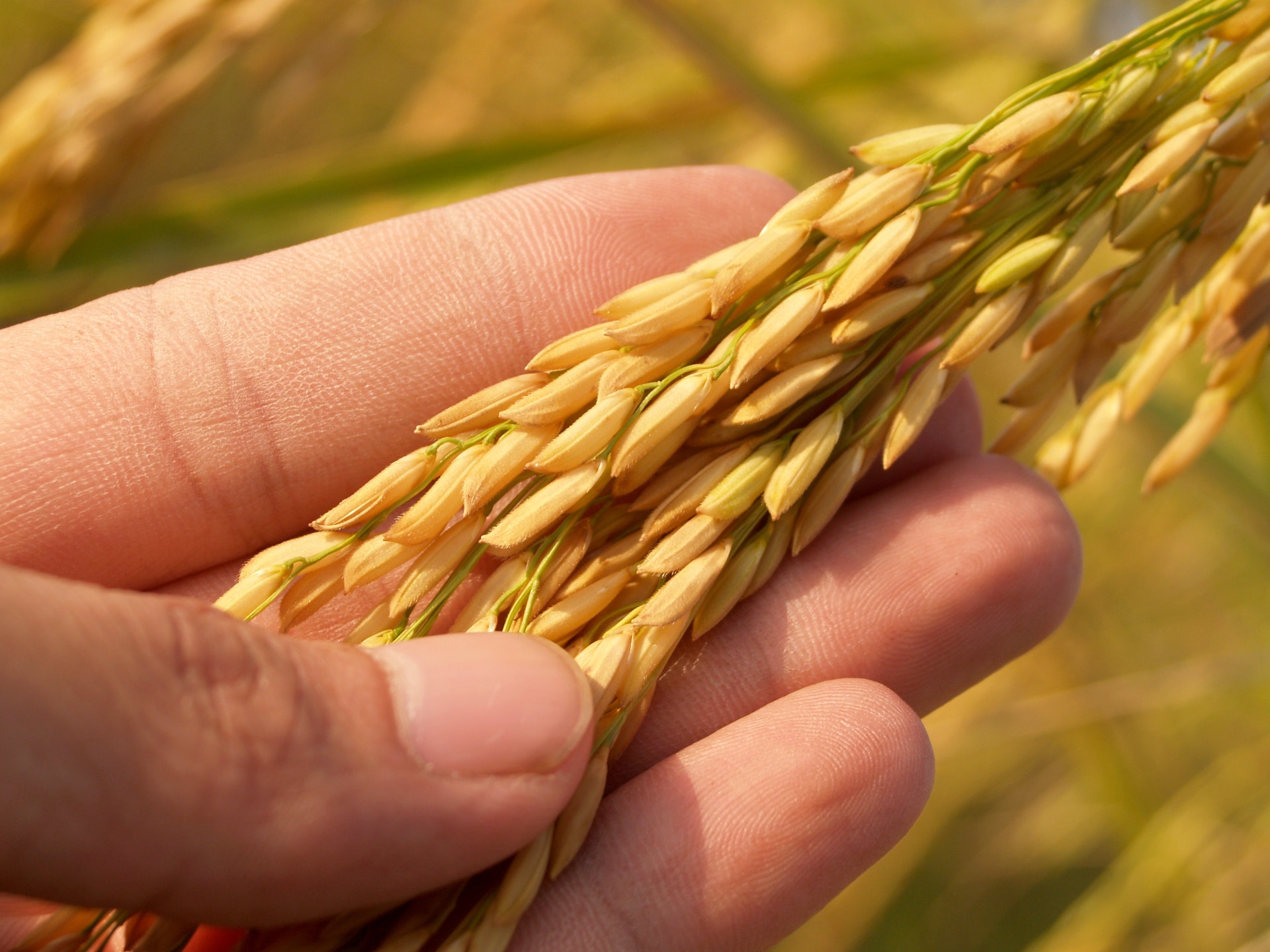Did you know that processed grains are actually healthier for kids? While it’s true that unprocessed grains contain more nutrients, they also contain more inedible substances that processing strips away. Once the grain is refined, it leaves more key nutrients that are digestible, without the inedible parts and contaminants. Whole grains are definitely healthy for you, but let’s not discount the nutritional benefits of processed grains! With that being said, let’s dive into four key things to teach kids about how grain is processed:
- Cut, Clean, and Separate
- Dry and Wet Milling
- Drying the Grains
- Storing Processed Grains
Cut, Clean, and Separate
Whether by hand or combine harvester, the first step in processing any kind of grain is cutting the plant. The top of the plant is cut off, and depending on what kind of grain it is and what machinery is available, it will either be hand separated or a mill operator will set the machines to separate each part of the grain. The grains will be inspected and cleaned before being separated.
Dry and Wet Milling
We will use corn in our examples for dry and wet milling. Dry milling involves grinding and cooking the corn, then allowing fermentation to create alcohol, ethanol, and CO2 in giant stills for commercial and industrial usage. Wet milling involves using water to separate the bran from the germ. It is primarily used for the food industry, and its main byproducts are edible cornstarch and corn oil. This video at Scherer shows more of the milling process in action.
Drying the Grains
Once the grains are processed, they need to be dried before they can be stored. Drying grains is a big process, involving lots of space, heat, and money. While smaller farms might dry their grains with the sun, larger agricultural farms will need to rely on industrial-scale dryers to dry their grain in an appropriate amount of time and prevent spoilage. However, even with all of the modern machinery, the most important tip is to dry the grains evenly.
Storing Processed Grains
Have you ever seen a tall building on a farm that kind of looks like a lighthouse, but isn’t? That’s a silo, and that’s where the processed grain goes after all of the work is done to process it into feed. It is important to check the condition of your silo periodically to prevent grain spoilage and to keep pests out of it. The grains are generally bought in massive shipments for large feedlots and hauled to the silos.
It takes a lot of work for your daily bowl of cereal, and many proud farmers are happy to continue that work for you! There are many resources online if you’re interested in working in agriculture, and a great first step is checking out the videos and products from Scherer. With perseverance and hard work, many more kids will continue to enjoy nutritious processed grains every day, and we are happy to help you find your way towards the farming lifestyle.




